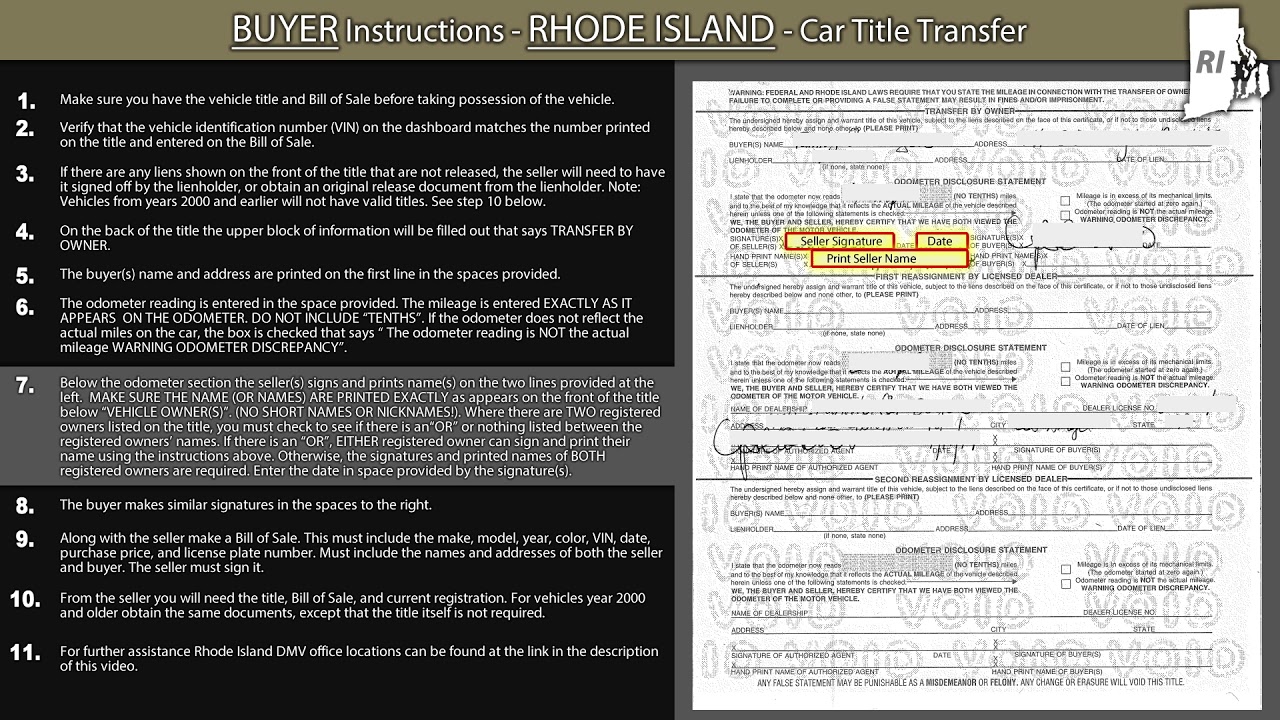Is Rhode Island an actual island?
Rhode Island, despite its name, is not actually an island. Many people are surprised to learn this, as the name itself implies a landmass surrounded by water on all sides. However, Rhode Island is a state located in the New England region of the United States, and it is connected to the mainland.
Historical background of Rhode Island
Rhode Island has a rich historical background dating back to the early colonial days. It was one of the original thirteen colonies and played a significant role in the American Revolution. Founded by Roger Williams in 1636, Rhode Island was known for its commitment to religious freedom and tolerance, making it a haven for those seeking refuge from religious persecution.
The geography of Rhode Island
Rhode Island is the smallest state in the United States, with a total land area of approximately 1,214 square miles. It is located in the northeastern part of the country and is bordered by Massachusetts to the north and east, Connecticut to the west, and the Atlantic Ocean to the south.
Understanding the state’s boundaries
Rhode Island’s boundaries are defined by natural features such as rivers and the ocean. The northern and eastern borders are formed by the Blackstone and Seekonk Rivers, while the western border is marked by the Pawcatuck River. The southern border is formed by the Atlantic Ocean.
Debunking the misconception of an island
Despite the widespread misconception, Rhode Island is not an island. The confusion likely stems from the state’s official name, "Rhode Island and Providence Plantations," which refers to Aquidneck Island, also known as Rhode Island. However, the state itself encompasses not only Aquidneck Island but also the mainland areas.
Exploring the origins of Rhode Island’s name
The name "Rhode Island" is derived from the historical name of Aquidneck Island, which was originally named "Roodt Eylandt" by Dutch explorer Adrian Block in 1614. The name was later anglicized to "Rhode Island." Over time, the name came to be associated with the entire state, leading to the common misconception that Rhode Island is an island.
Rhode Island’s connection to the mainland
Rhode Island is connected to the mainland by several bridges, the most well-known being the Claiborne Pell Newport Bridge, which spans the East Passage of Narragansett Bay. Other bridges, such as the Jamestown Verrazzano Bridge and the Mount Hope Bridge, also provide connections between the mainland and Aquidneck Island.
Rhode Island’s coastal geography explained
Although Rhode Island is not an island, its coastline stretches for approximately 400 miles. The state is renowned for its beautiful beaches, scenic coastal areas, and picturesque islands. The coastline is dotted with numerous bays, coves, and estuaries, providing ample opportunities for boating, fishing, and other water-related activities.
The impact of geography on Rhode Island’s culture
The unique geography of Rhode Island has had a profound influence on the state’s culture and way of life. The proximity to the ocean has shaped Rhode Island’s culinary traditions, with seafood playing a prominent role in the local cuisine. The state’s coastal geography has also fostered a strong maritime heritage, with fishing, shipbuilding, and maritime trade playing important roles in its history.
Rhode Island’s unique position within New England
Rhode Island’s geographical location sets it apart from the other New England states. While New Hampshire, Vermont, Maine, Massachusetts, and Connecticut are primarily located on the mainland, Rhode Island’s combination of mainland and island territory gives it a distinctive character. This unique position contributes to the state’s diverse landscape, culture, and economy.
Rhode Island’s distinctive blend of land and water
Despite not being an actual island, Rhode Island’s blend of land and water is undeniably picturesque and appealing. Its scenic coastline, charming coastal towns, and thriving marine life make it a popular destination for tourists. Whether exploring historic landmarks, lounging on sandy beaches, or indulging in fresh seafood, Rhode Island offers a delightful mix of land and water experiences.
Conclusion: Rhode Island is not an actual island
In conclusion, while the name may suggest otherwise, Rhode Island is not an actual island. It is a state located in the New England region of the United States, connected to the mainland by bridges. The state’s geography, including its coastline and various islands, contributes to its unique character and cultural heritage. However, it is important to dispel the misconception that Rhode Island is an isolated landmass entirely surrounded by water.





